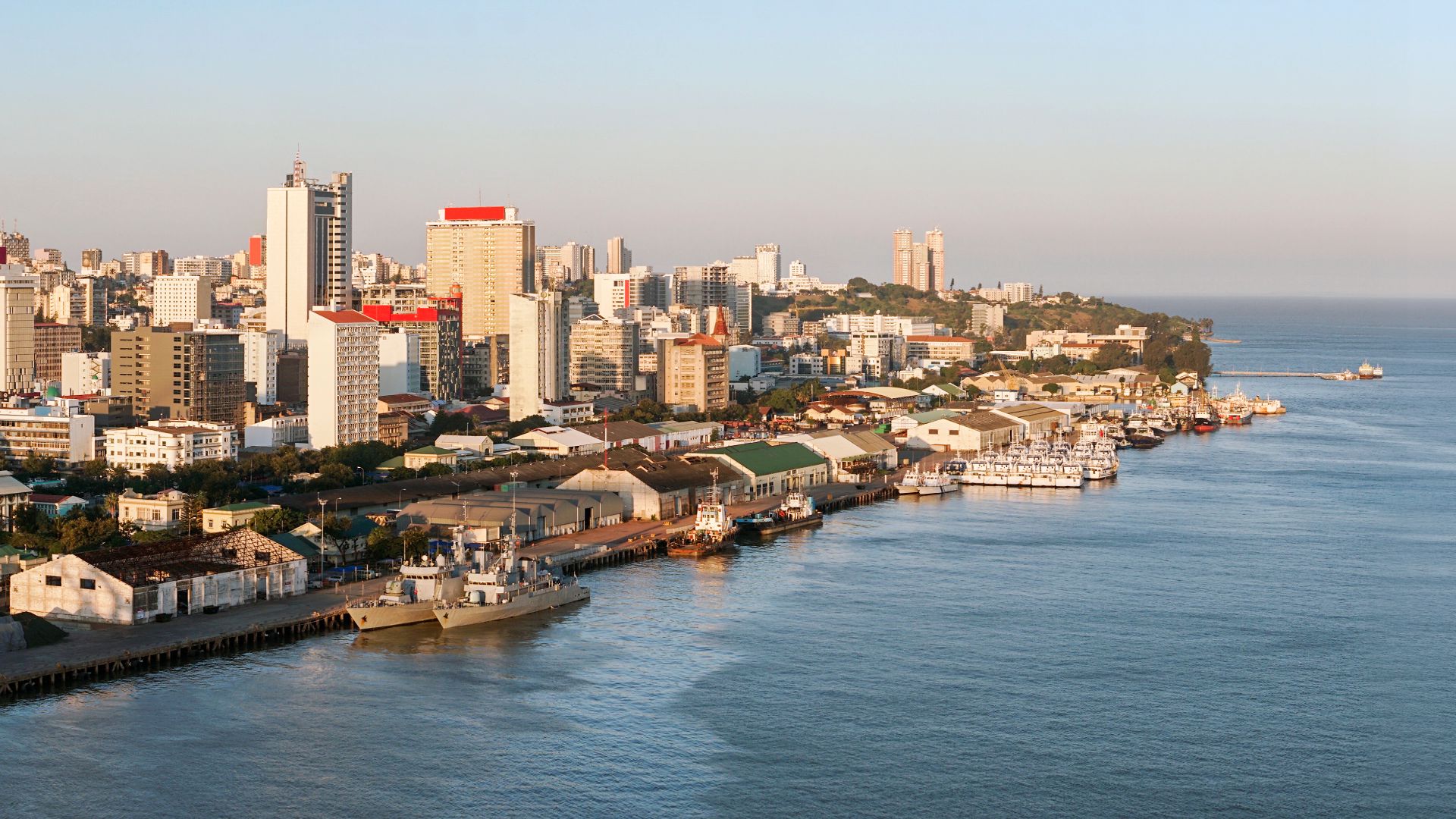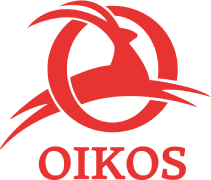RESILIENCITY
Strategies for Sustainable and Resilient Urban Development in Mozambique

Country
Project duration
Beneficiaries
Partner
The resilient spirit of Maputo
Overlooking the ocean, Mozambique’s capital faces the daily impacts of climate change. Cyclones, floods, and heavy rains strike with increasing intensity, putting the most vulnerable neighborhoods—such as the KaMavota railway district—at greatest risk. Here, high population density and informal settlements make environmental risks intertwine with public health, hygiene, and safety challenges.
RESILIENCITY addresses these challenges by strengthening both the city and its inhabitants. Through cooperation between the Municipality of Maputo and the City of Milan, the project builds urban resilience not only through technical solutions but also by reinforcing social and community networks. Women and young people become central actors in shaping a safer, more inclusive, and sustainable future.
Tools for resilience
Through City-to-City Cooperation, we support the Municipality of Maputo in strengthening its institutional capacities. We share expertise in urban planning, water and waste management to reduce climate vulnerability.
Infrastructure that protects
In the heart of the railway district, we contribute to the development of innovative infrastructure that improves daily life. We test Nature-Based Solutions to reduce flood risks from heavy rainfall and build a multifunctional community center for local residents. At the same time, we plant 6 hectares of urban green spaces—living areas that bring breath and vitality back to the city.
Hygiene, health, and economic opportunities
Improving public health is essential: we invest in the construction and rehabilitation of latrines and handwashing stations in key locations such as schools, markets, and health centers. At the same time, we promote a circular economy by supporting the women’s association ComSol, which collects and recycles waste. Through technical training and market access, waste becomes a resource—generating income for women and offering an environmental recovery opportunity for the entire neighborhood.
Education at the heart of change
Students and teachers from five KaMavota schools learn about the impacts of extreme weather events and how to respond with sustainable behaviors. Climate education programs and the innovative Climate Smart School model integrate climate change topics into the school curriculum. Over 1,200 citizens participate in awareness campaigns, clean-up activities, and care for local spaces: concrete actions that strengthen the bond between community and institutions, transforming urban areas into shared public assets.
Il progetto in numeri
180k
potabile in Tanzania
22k+
raccolti a Ibo, Mozambico
52k+
in Mozambico e Myanmar
11k+
di educazione nel mondo
200
di attività economiche
in Tz e Myanmar
1700
in Italia
1700
in Italia
52k+
in Mozambico e Myanmar
1700
in Italia

